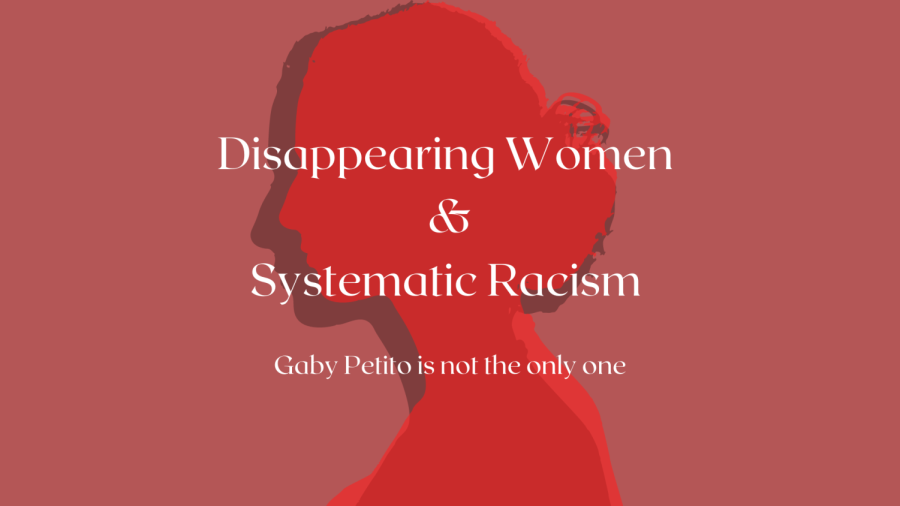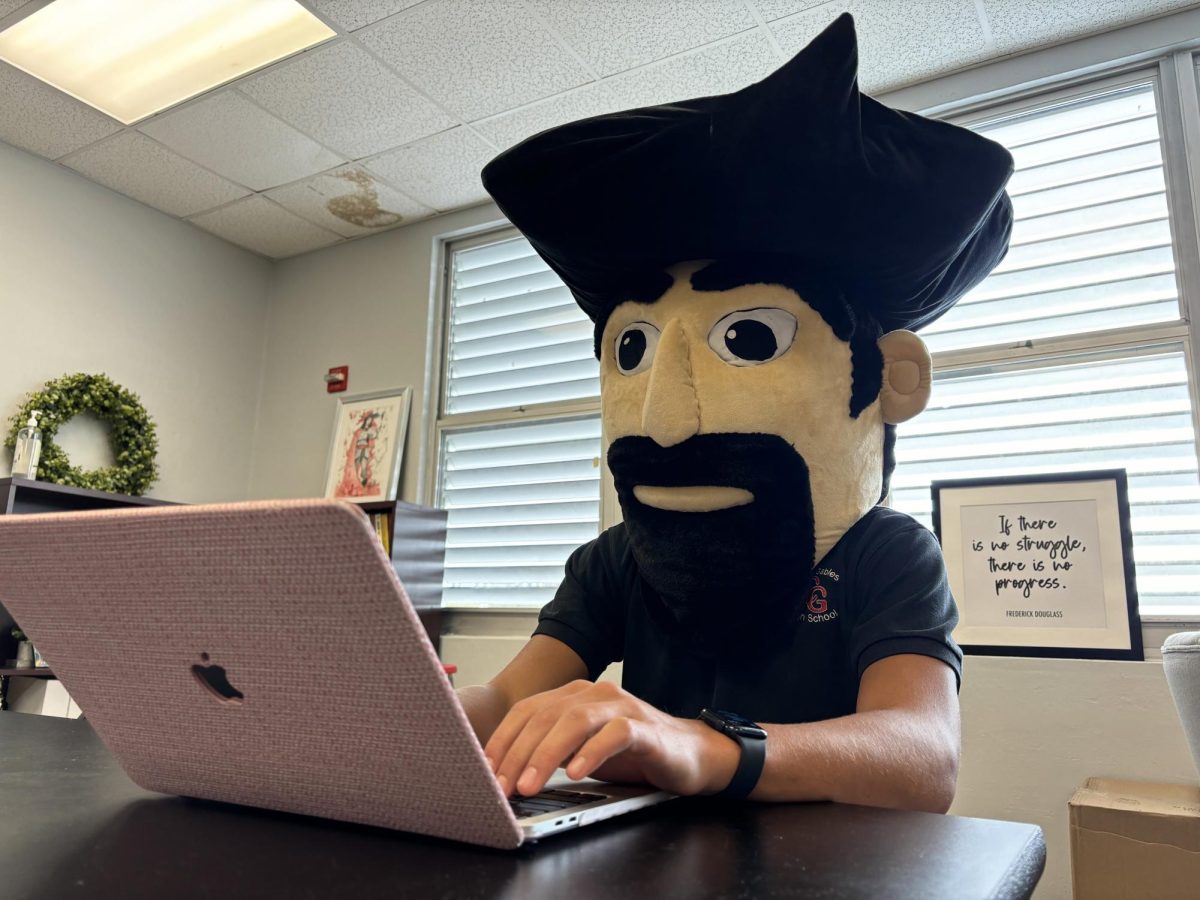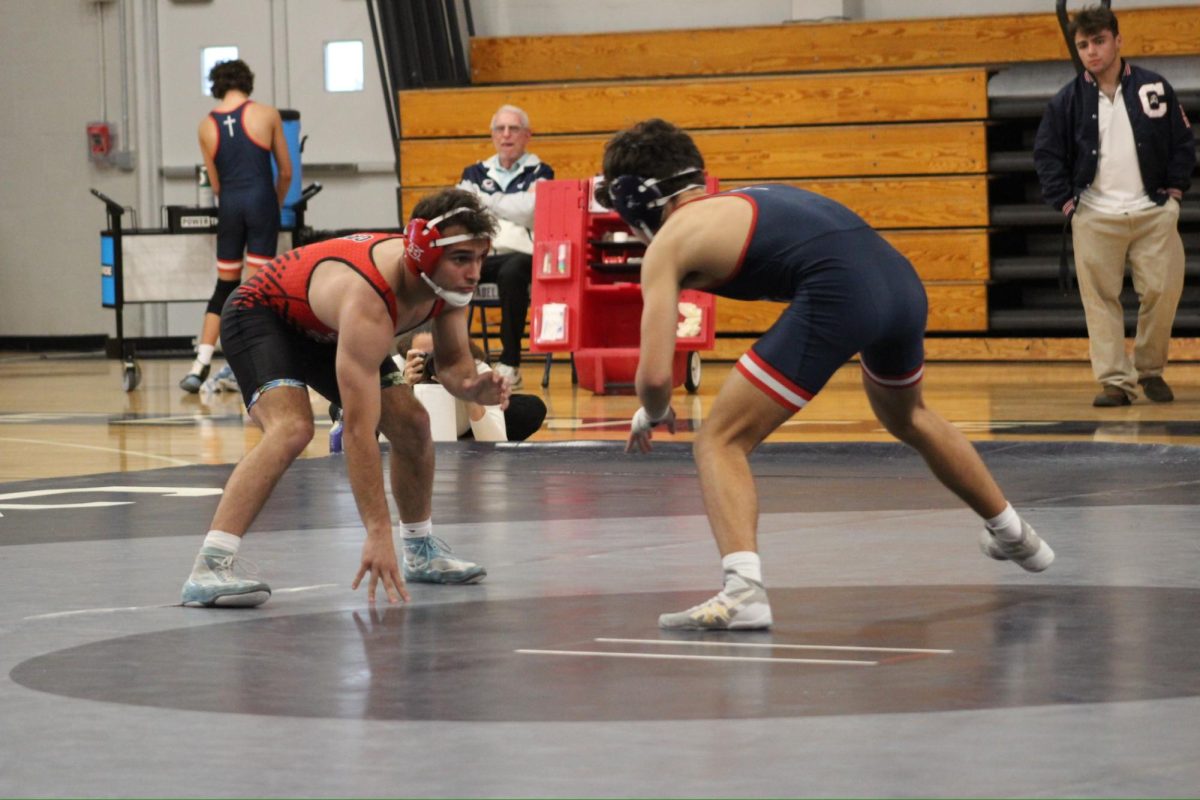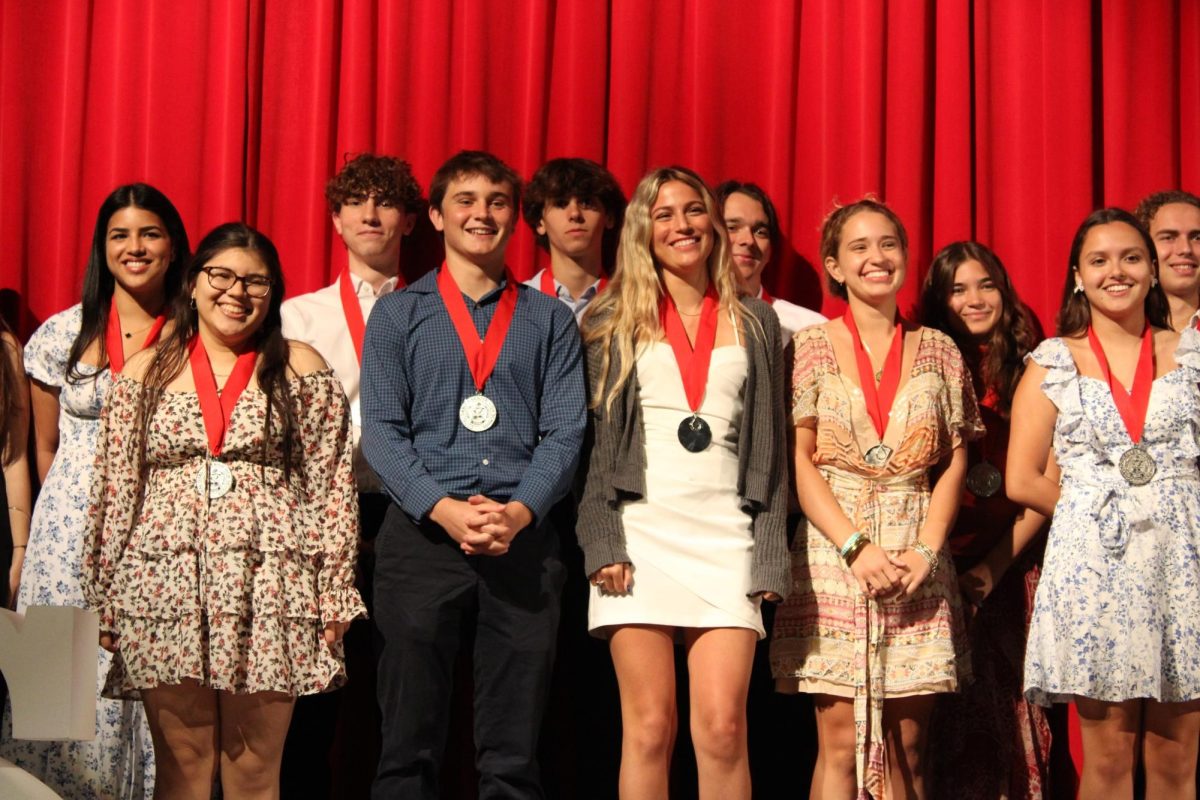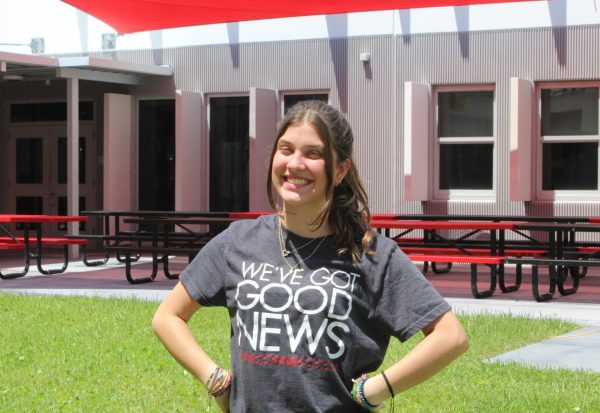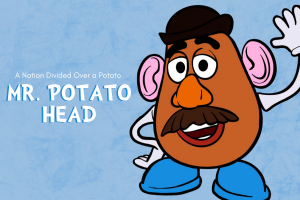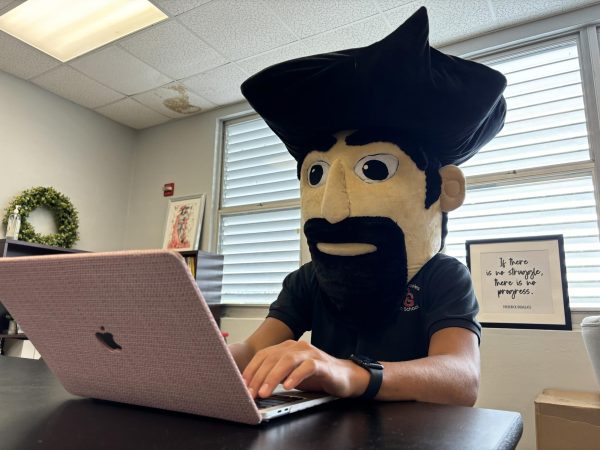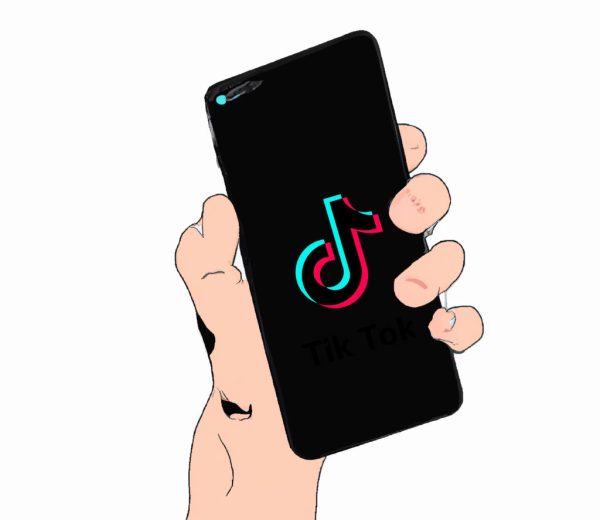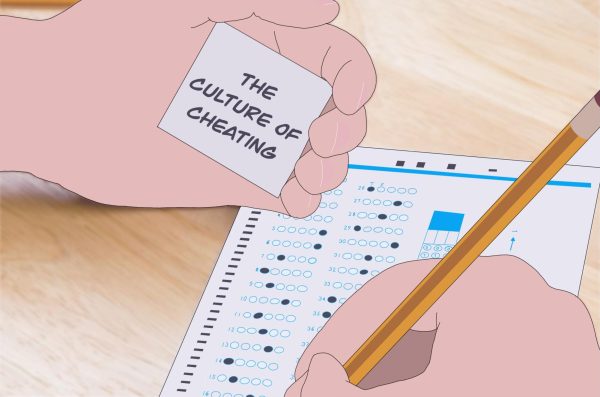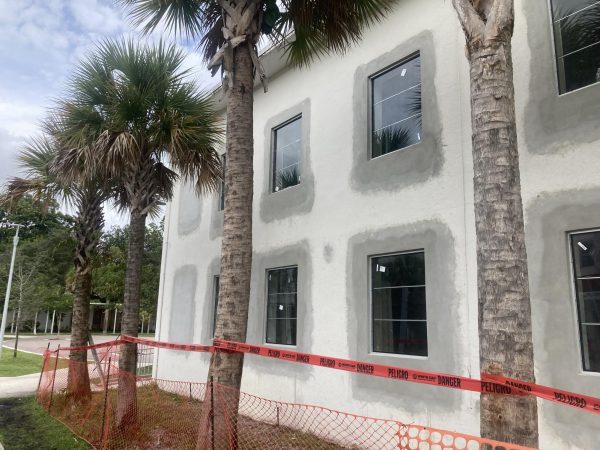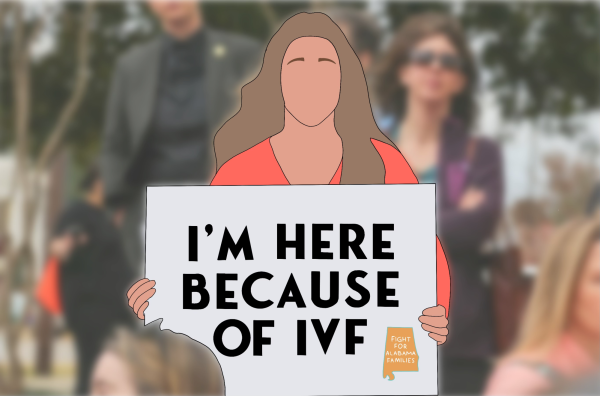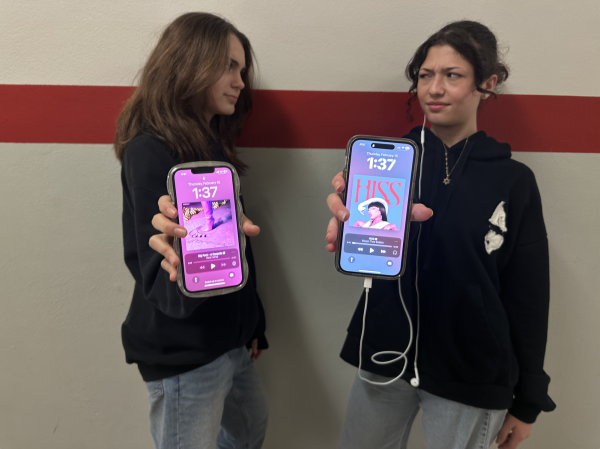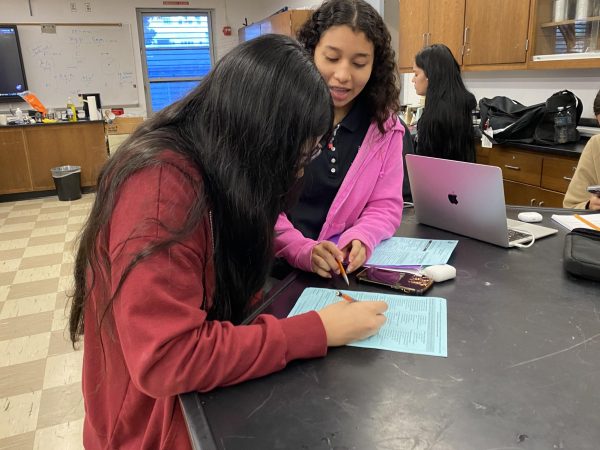Gaby Petito: Hundred of Missing Indigenous Women Left in the Shadows
Systematic racism has a major impact on society which is shown through “missing white woman syndrome” and the dismissal of disappearances involving women of color or indigenous women.
Oct 11, 2021
Gaby Petito was the unfortunate victim of a well-documented kidnapping and murder in Wyoming. As her name circled national news channels, her horrific case raised several key issues: that is, over 710 indigenous women have been killed, assaulted or kidnapped in this same state. Petito’s case obviously needed the attention to raise concern and help find her before her body was discovered. However, the focus on her differed from the focus on other women. In fact, thousands of women’s cases are kept in the dark from the public and left forgotten.
All throughout history Native Americans have been persecuted and widely disregarded by the media and the general consensus. This trend has not changed as time has gone on and hundreds of indigenous women still disappear every year. Their cases oftentimes have little to no documentation and getting them justice is simply not of concern. In 2016 there were 5,712 reports of missing Native American women in the United States. This report is about 5 years old meaning that the number of reports has only gotten worse. Nonetheless, Petito’s case was really an outlier as the statistics for kidnapped and murdered white women is considerably low compared to that of their fellow Americans.
Now, why did Petito’s case raise such awareness whereas that of indigenous women was quickly disregarded by both the general public and the government? The answer is clear— discrimination is still very present in today’s world and it has dramatic impacts which are disregarded mainly due to poor coverage. Disappearances, murders and other horrifying crimes are committed and completely forgotten about because they involve a non-white person. These groups have been widely disregarded for decades but that can change. With the rise of social media it is easier for families to raise awareness and to gather people to help with the search for missing native women or women of color.
There should be more attention given to the disappearing indigenous women, for they are people in society too, equal to all,
— sophomore Lenox Balzebre
“The gap between the attention received by Gaby and by women of color is revolting and enforces the prevalence of systemic racism in our society. Whether people believe to see it or continue their lives in nonsensical ignorance, it will always be an issue and is displayed more and throughout society,” sophomore Lenox Balzebre said.
This is also an example of the “missing white woman syndrome” which has been the source of debate for a few years now. This syndrome is basically the mass coverage of any missing white woman case while completely disregarding similar disappearances involving women of color. Petito’s case was exactly that, proving that this syndrome is very present and visible in news and social media. The term has been used before, but these events sparked new discussions on it. It seems that this covers up thousands of cases that need as much help as Petito did.
“I think it shows a lot about the world we live in. Yes, she was a youtuber and maybe that made her coverage more popular, but it is still not okay for thousands of women of color going missing in similar circumstances and no one looking for them,” sophomore Steffi Sarmiento-Mena said.
In Petitos’ case she was active on social media and did document her trip throughout the midwest but her followers weren’t the ones to ring the alarm. Her family did when she stopped contacting them and the hunt for her started. Quickly, the news spread and people started to look for her as well. They documented themselves, looked into the case and helped it advance. Eventually, her body was found in a National Park in Wyoming. The interest people around the country took in her cases surely contributed to how it was able to be solved so quickly.
Two indigenous women who disappeared were the daughters of Nicole Wagon of the Northern Arapaho Tribe. Her daughters were both killed one after the other. The first one, Jocelyn Watt, was murdered in her own home and the second, Jade Wagon disappeared randomly and didn’t return home for several weeks. When her body was discovered she was said to have died of hypothermia and abuse of drugs. However, her mom is sure that this was a murder just like her first daughter. Both of these cases are only two cases out of thousands and have never been addressed. They are barely documented and were never mentioned on major news channels, unlike Petito. This shows how race plays a part in these cases and how indigenous women are widely disregarded.
Petito’s case might have also helped to raise awareness of the thousands of women who disappear every year, both native and of other ethnicities. This could be the start of a more aware country and maybe of a slowing down in the number of these cases every year. Petito’s case was terrible and her murder is still unsolved but its impact on the United States, especially with social media, will most likely live on.


